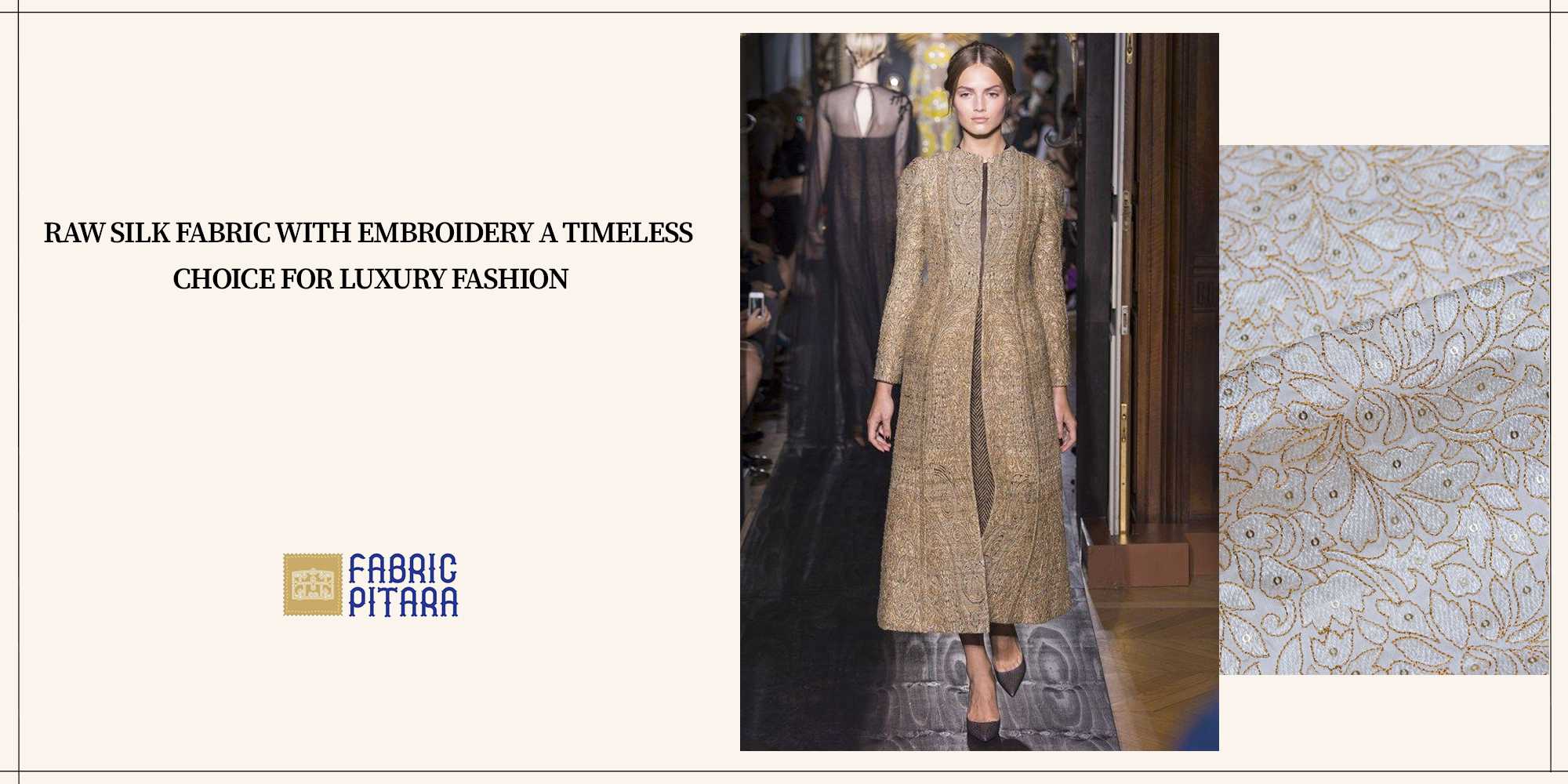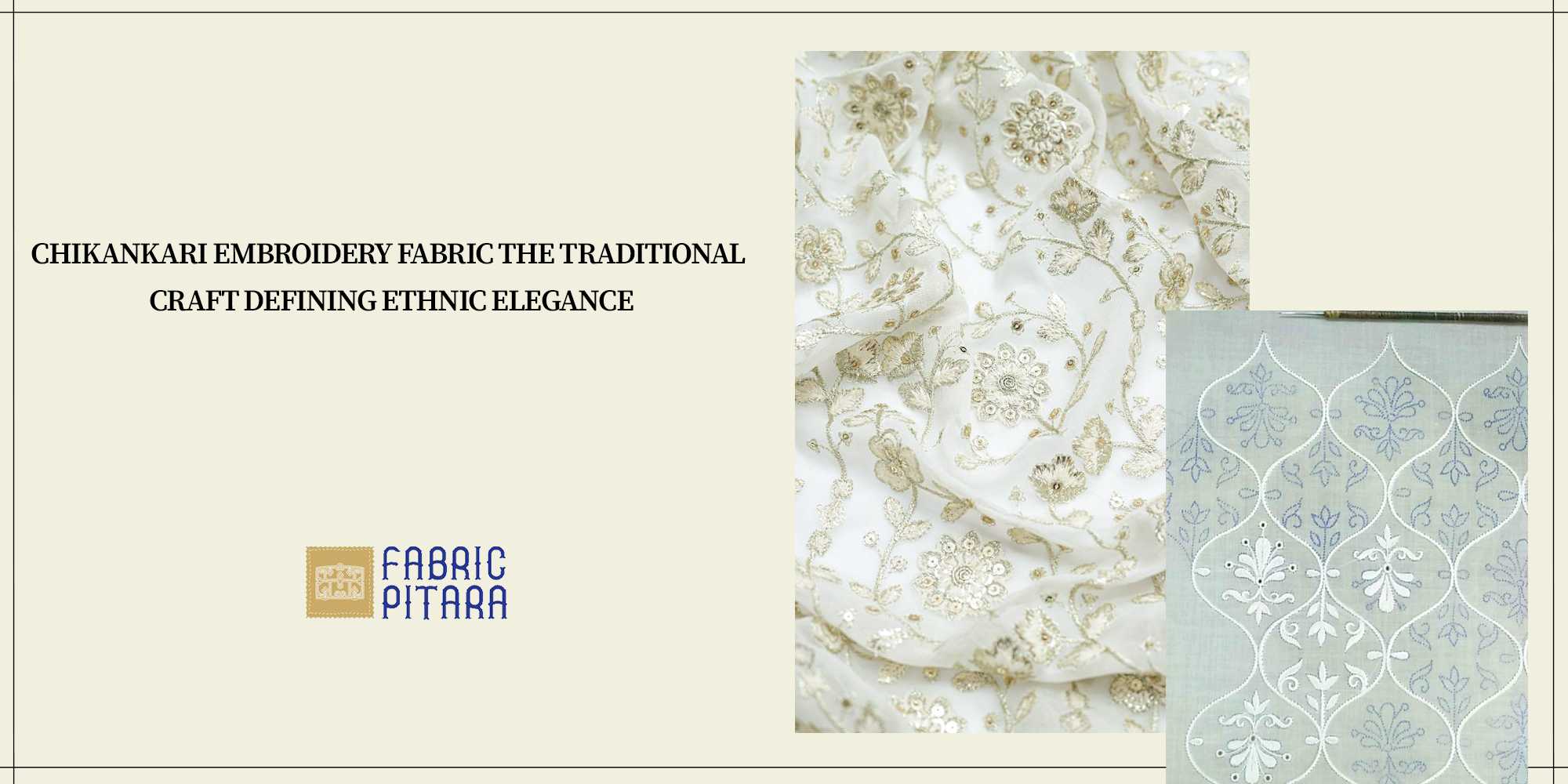![[A collection of women’s clothing items: two dresses, a sleeveless top, a skirt, two hats, and a scarf.]-[afbricpitara]](https://fabricpitara.com/media/magefan_blog/Firefly_Image_Description_Prompt-_Create_an_image_showcasing_a_seasonal_wardrobe_transition._Display_1.jpg)
The seasons need to regulate your clothing wardrobe as well. Your mindset may be substantially influenced by the fabric you pick out, in addition to comfort and fashion. Adapting your clothing cabinet to the changing climate requires more than just a simple apparel change. You also want to know how one-of-a-kind seasonal cloth cabinet textiles may also cooperate with the environment to keep you feeling and looking excellent.
This blog will discuss the value of choosing proper clothing materials for each season, how to change up your wardrobe according to the weather, and why it makes sense to invest in weather-specific apparel. Let's explore some ideas for changing up your seasonal fabrics!
Understanding fabric choices for different seasons
The secret to creating a wardrobe that fits the weather is understanding the fabrics you should use for different climates. Depending on the season, different materials have distinct advantages.
Breathable Fabrics for Summer:
Cotton: There's a good reason this natural material is a vacation classic. Cotton is perfect in humid weather since it is lightweight, breathable, and able. Whether it's a classic T-shirt, a flowy dress, or a pair of shorts, cotton keeps you cool when the temperature rises. In light of summertime weather variations, this is one of the greatest textile choices.
Linen: Linen is a great opportunity for the summer season. Linen, regarded for its suppleness and absorbency, keeps you feeling refreshed even on the freshest of days. Its somewhat rough look gives any ensemble an air of carefree elegance. Wear a breezy dress or fitted shorts with a linen shirt for a chic and functional ensemble that's ideal for weather-sensitive fabric selections.
Insulating Fabrics for Winter:
Wool: Wool is your best friend when the chilly weather arrives. By retaining heat, this organic insulator keeps you toasty without causing you to overheat. Wool is adaptable and available in several weights, ranging from comfortable, dense sweaters to lightweight merino wool for layering. For winter, this is a great season-by-season choice of garment materials.
Cashmere: It's the best material for adding a hint of elegance. Cashmere sweaters and scarves are warm, soft, and remarkably insulating. They may dress up your winter ensemble and offer exceptional warmth. This versatile fabric for clothing is perfect for maintaining style over the winter months.
![[Stack of folded clothing with various textures and colors in front of a blurred wardrobe.]-[fabricpitara]](https://fabricpitara.com/media/wysiwyg/Firefly_fabric_collectioni_61052_1.jpg)
![[Stack of folded clothing with various textures and colors in front of a blurred wardrobe.]-[fabricpitara]](https://fabricpitara.com/media/wysiwyg/Firefly_fabric_collectioni_61052_1.jpg)
Transitioning Your Wardrobe Between Seasons
Your attire should change with the seasons, just like the weather does. Adapting a wardrobe to seasonal changes requires utilizing transitional pieces that may be combined and layered with other items.
Layering with versatile fabrics:
Denim: The best fabric for a transition is denim. Wearing jeans or a classic denim jacket, this hardy fabric works wonders in warm and cool climates. For instance, in the spring, a denim jacket looks great paired with a cozy knit, and in the fall, it looks great layered over a summer dress. It's among the greatest textiles for shifting climates.
Knitwear: Lightweight knits are best for layering in the transitional months. A lightweight sweater can be layered below a jacket on cool days or worn on its very own while the climate turns hotter. The beauty of knitwear is in its versatility; it can be dressed up or down and is suitable for lots of distinct seasons. For this reason, it needs to be a key part of your seasonal apparel options.
Mixing and matching transitional pieces:
Layering Techniques: Achieving a continuing transition between seasons calls for expertise in layering techniques. For a light foundation layer, start with a cotton t-shirt or a silk camisole. Put on a denim jacket or a medium-weight knit, and finish it off with a coat or scarf as needed. This allows you to effortlessly modify your ensemble as the weather changes throughout the day, showing the usefulness of weather-responsive clothing materials.
Jean Coats for All Seasons: The denim jacket is a wardrobe essential. It can be worn casually with jeans or put over a dress in the spring. Wear it with a thick knit scarf for extra warmth as the weather cools, or layer it under a heavier coat. Jeans are among the greatest.
![[Transform your ideas into clear, concise text using AI-powered tools for paraphrasing, ensuring originality and readability effortlessly]-[fabricpitara]](https://fabricpitara.com/media/wysiwyg/Firefly_fabric_collectioni_32207.jpg)
![[Transform your ideas into clear, concise text using AI-powered tools for paraphrasing, ensuring originality and readability effortlessly]-[fabricpitara]](https://fabricpitara.com/media/wysiwyg/Firefly_fabric_collectioni_32207.jpg)
Investing in Timeless Fabric Choices
While changing up your clothing for the seasons is crucial, investing in timeless, long-lasting textiles will pay you in the long run.
Durable Materials:
Leather: The thing that’s always in style is leather. Leather gives an edge and flair to any ensemble, whether paired with a timeless leather jacket, sturdy boots, or a chic handbag. It is also extremely flexible and can last for years with proper maintenance, making it an excellent choice for seasonal decorative fabrics.
Silk: Another classic fabric with grace and flexibility is silk. Wearing a blouse or scarf elevates your ensemble and makes you look great all year round. Silk is a particularly useful material for seasonal wear because it naturally regulates body temperature, making it easy to wear all year round.
Sustainable Options:
Organic Cotton: A first-rate replacement for conventional cotton for folks who want to make more environmentally pleasant selections is natural cotton. Because it is not cultivated with toxic chemical compounds or insecticides, it is healthier for the environment and your skin, making it a notable choice for fabrics that keep in mind the climate.
Bamboo cloth: Another sustainable desire is bamboo material. Soft, breathable, and evidently antimicrobial, it's a super alternative for a wide range of objects, which include activewear and T-shirts. For garment fabric appropriate for several seasons, bamboo is a fantastic alternative.
Conclusion
More than just a need, adjusting your clothes for different weather conditions is a chance to showcase your personal style and welcome the shift in the climate. You can construct a wardrobe that not only looks great but also feels wonderful in every season by investing in classic pieces, layering wisely, and selecting the appropriate fabrics for the various climate conditions.
Thus, keep in mind to take fabric into account just as much as trend the next time you're updating your wardrobe. Try a variety of materials, and don't be scared to combine things until you find the one that works best for the climate where you live. Ultimately, feeling confident in your clothing regardless of the weather is the secret to impeccable style!







